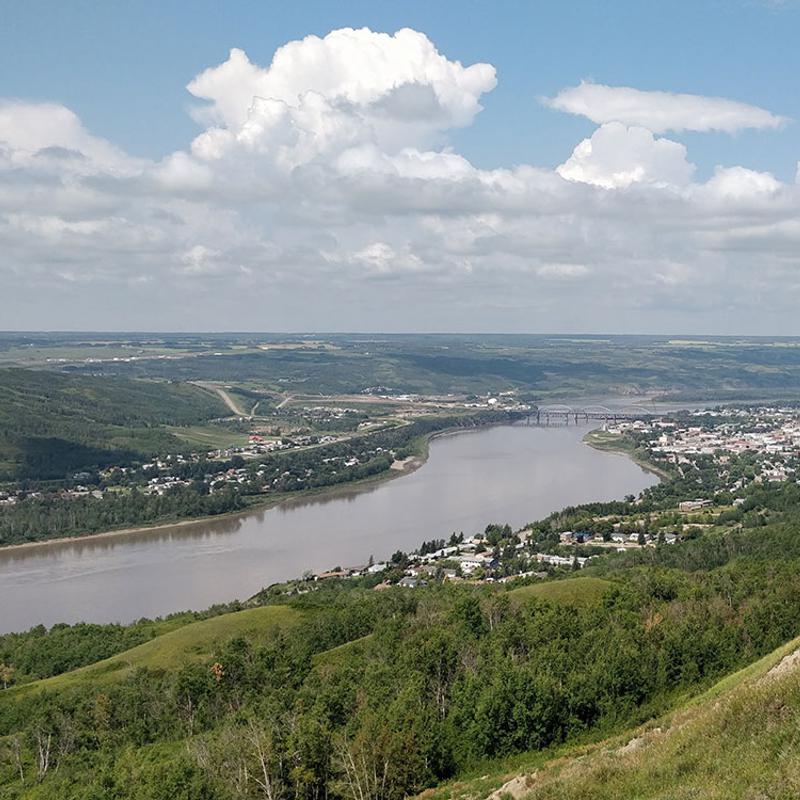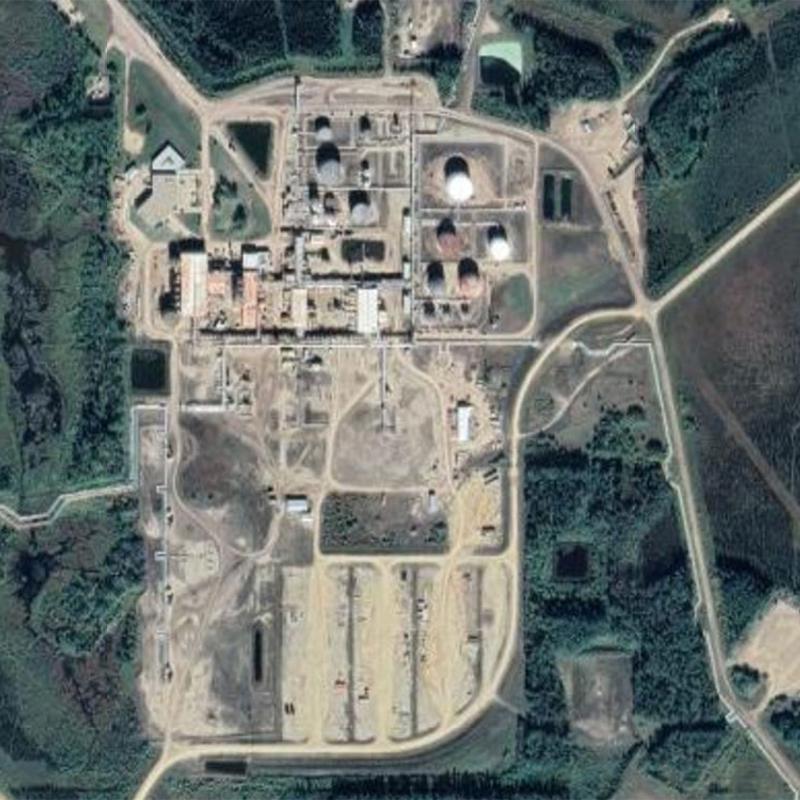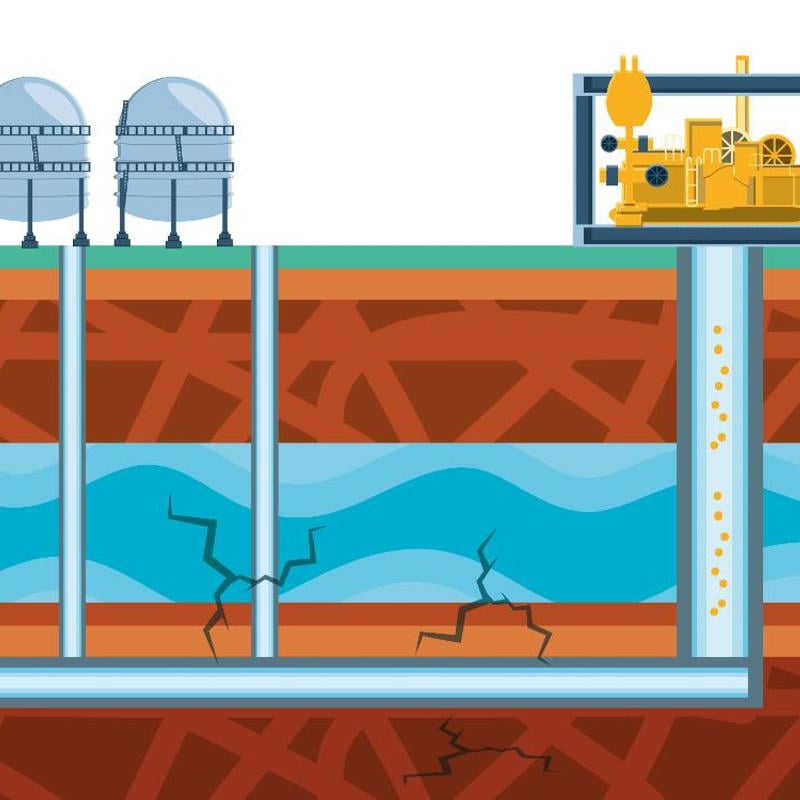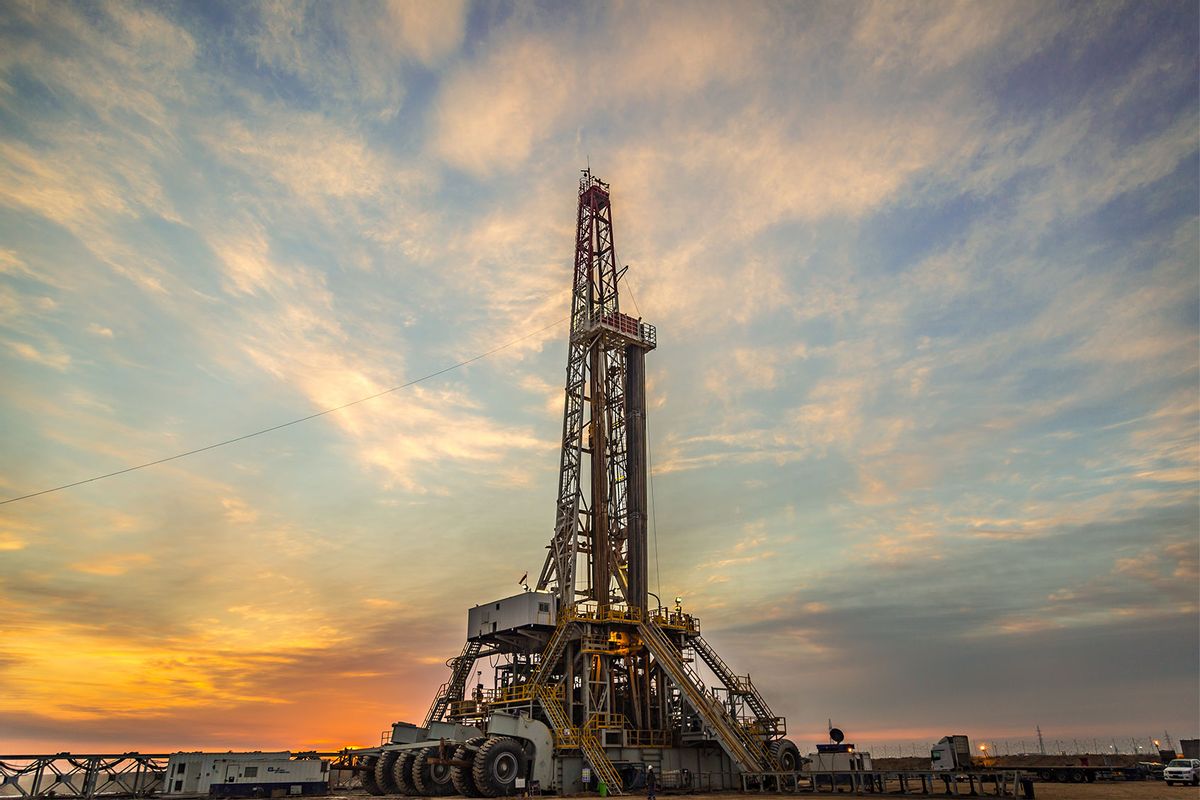Canada, USA pledge to bolster nuclear supply chains, SMR development
27 March 2023
Canadian Prime Minister Justin Trudeau and US President Joe Biden have pledged to coordinate efforts to develop secure and reliable nuclear fuel supply chains in North America and build partnerships to help ensure access to low-enriched uranium. They will launch a one-year task force to accelerate cooperation on critical clean energy opportunities and supply chains, and Canada is to join a US-led programme to support small modular reactors (SMR).
.jpg?ext=.jpg) Biden (on the left) and Trudeau met in Ottawa (Image: Prime Minister of Canada)
Biden (on the left) and Trudeau met in Ottawa (Image: Prime Minister of Canada)The leaders issued a joint statement during Biden's visit to Canada on 24 March in which they restated their commitment to accelerating the North American clean energy transition as well as setting out how Canada will join the Foundational Infrastructure for Responsible Use of Small Modular Reactor Technology (FIRST) programme, providing funding and in-kind support.
"Our enduring partnership is based on a mutual commitment to shared security, shared prosperity, and shared democratic values, including the importance of fighting climate change and an abiding respect for human rights and the rule of law. As the closest of friends and allies, we remain committed to making life better for people on both sides of our shared border and to building a more free, equitable, secure, and prosperous world," they said.
"Canada and the United States will also coordinate efforts to develop secure and reliable North American nuclear fuel supply chains and build broader partnerships with longstanding allies and partners, both of which will help to ensure access to low enriched uranium, including High-Assay Low Enriched Uranium," the statement added.
The FIRST programme was launched by the US Department of State in 2021 to provide capacity-building support to partner countries developing nuclear energy programmes to support clean energy goals, under the highest international standards for nuclear safety, security, waste management and non-proliferation. The programme uses the International Atomic Energy Agency's Milestones Approach as a baseline for infrastructure development and nuclear security support. The Department of State committed an initial USD5.3 million of investment to support FIRST projects, and the programme has so far seen the USA engage with countries including Armenia, Ghana, the Philippines and Romania.
The one-year Energy Transformation Task Force, chaired by the US Special Presidential Coordinator for Global Infrastructure and Canada's Deputy Prime Minister, will work across the spectrum of the clean economy to accelerate cooperation on critical clean energy opportunities and supply chains, including amongst other things critical minerals and rare earths, grid integration and resilience, and advanced and conventional nuclear energy.
"Economic policy, climate policy, and security policy aren’t just connected; they’re one in the same," Trudeau said in a joint press conference. The Energy Transformation Task Force will accelerate work on clean energy and clean tech, including securing and strengthening electric vehicle and critical mineral supply chains, he said. "Of course, an integrated approach means creating good middle-class jobs for workers on both sides of the border, and it will make our collective economic growth stronger and more resilient."
Virginia governor signs bills to support SMR development
28 March 2023
Governor Glenn Youngkin has signed into law two bills that will support ambitions for Virginia to include small modular reactors (SMRs) as part of an "all-of-the-above" energy plan released last year. Projects on SMR feasibility and supply chain have also received a share of USD8.1 million of grant awards announced by the governor.
.jpg?ext=.jpg) Youngkin signed six bills supporting the delivery of Virginia's energy plan (Image: Christian Martinez, Office of Governor Glenn Youngkin)
Youngkin signed six bills supporting the delivery of Virginia's energy plan (Image: Christian Martinez, Office of Governor Glenn Youngkin)
The first piece of legislation - HB 2386 and SB 1464 - creates the Virginia Power Innovation Fund for the research and development of innovative energy technologies, including nuclear, hydrogen, carbon capture and utilisation, and energy storage. It also creates the Virginia Power Innovation Program to use money from the fund to establish a nuclear innovation hub and award competitive grants to support energy innovation.
The second bill - HB 1779 - creates the Nuclear Education Grant Fund to award competitive grants to
higher education providers to establish or expand a nuclear education programme to create employment and training pathways in areas including nuclear engineering and nuclear welding.
"Today is a great day for Virginia energy and American energy. With the bills I'm signing, we're moving closer to delivering on the All-American, All-of-the-Above Energy Plan I put forward last year. We can, in fact, make Virginia energy more reliable, affordable, and clean while creating jobs and spurring innovation and today is a testament to that," Youngkin said as he signed the legislation on 23 March.
When he launched the 2022 Virginia Energy Plan last October, Youngkin envisaged that a commercial SMR would be serving customers with baseload power in southwest Virginia within the next 10 years. However, a bill that would have made it state policy to promote the development and operation of SMRs and to establish an SMR pilot program - HB 2333 - failed to pass through the legislature.
Youngkin nevertheless remained optimistic: "I can't wait until I watch that first small modular reactor turn on, and hospitals flip switches for their NICU units and senior living facilities turn the air conditioning on in the summertime, when it's so hot. And yeah, parents and children turn the light on in the early morning, when it's dark outside and have breakfast together. That's going to be pretty awesome," he said as he signed the bills into law, as reported by Susan Cameron in the Cardinal News.
Feasibility and supply chain
Two projects related to the potential deployment of SMRs are amongst a total of 17 projects announced by Youngkin as recipients under the Growth and Opportunity for Virginia (GO Virginia) grant awards for 2023.
The LENOWISCO Planning District Commission, in partnership with independent subject matter experts, to examine the feasibility of developing multiple SMR site locations within the Lonesome Pine Regional Industrial Facilities Authority (RIFA) has been selected to receive USD100,000 of Go Virginia funding. A second project by the LENOWISCO Planning District Commission, in partnership with Lonesome Pine Regional RIFA, is to receive USD50,000 to prepare a regional SME manufacturing supply chain report which will be used to identify existing businesses for retooling and recruiting new businesses to provide the baseline for manufacturing jobs needed to support the SMR supply chain.
Researched and written by World Nuclear News
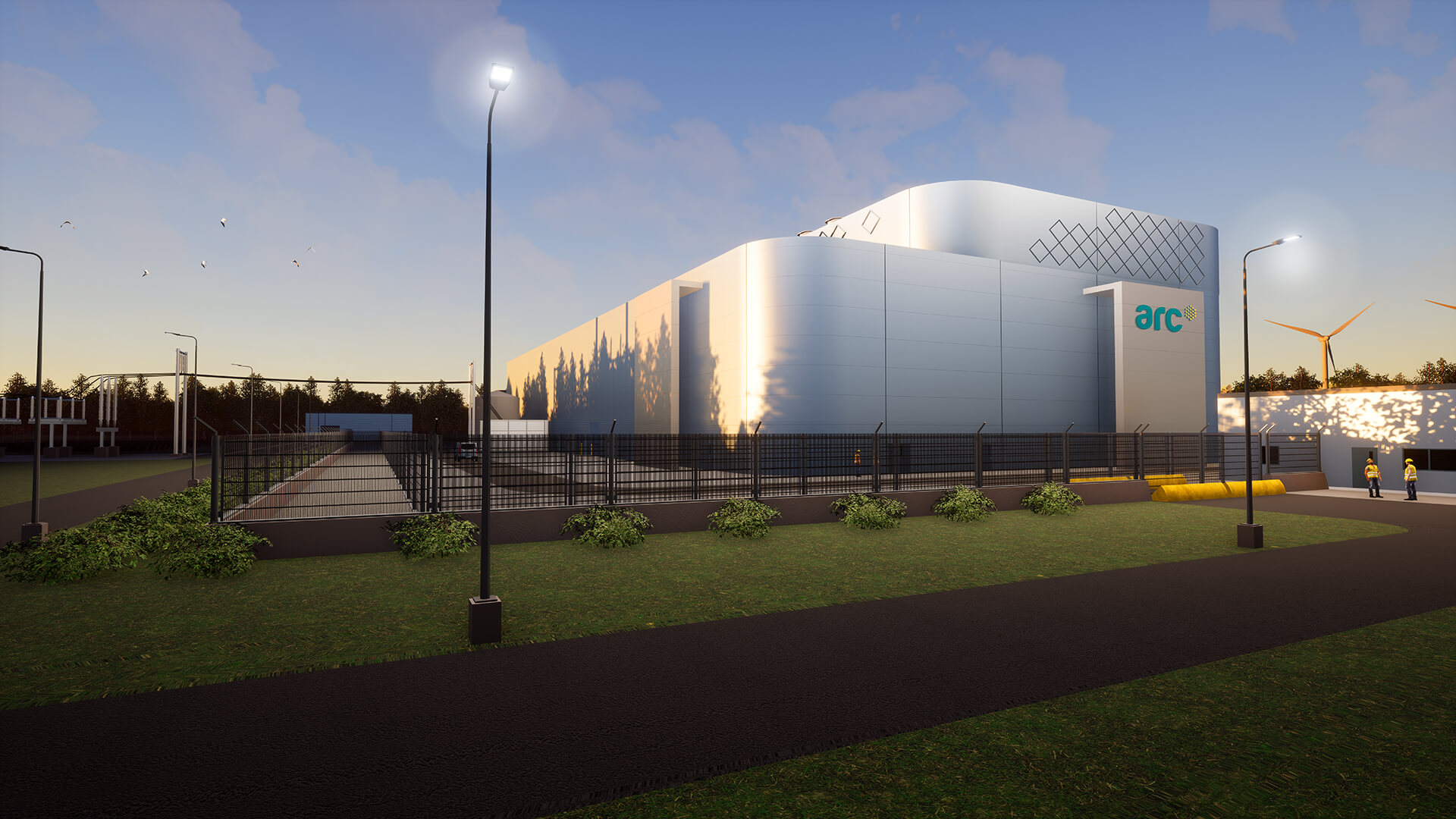 ARC Clean Technology Canada (ARC) has signed a memorandum of understanding (MOU) with Invest Alberta Corporation (IAC) for co-operation in the commercialisation in Alberta of ARC’s advanced Small Modular Reactor (aSMR) technology. The province of Alberta, along with New Brunswick, Ontario and Saskatchewan, has agreed to a joint strategic plan to support SMR development.
ARC Clean Technology Canada (ARC) has signed a memorandum of understanding (MOU) with Invest Alberta Corporation (IAC) for co-operation in the commercialisation in Alberta of ARC’s advanced Small Modular Reactor (aSMR) technology. The province of Alberta, along with New Brunswick, Ontario and Saskatchewan, has agreed to a joint strategic plan to support SMR development..jpg?ext=.jpg) KFE researchers recently visited UKAEA's Culham campus (Image: UKAEA)
KFE researchers recently visited UKAEA's Culham campus (Image: UKAEA).jpg?ext=.jpg) Kozloduy 5 and 6 (Image: KNPP)
Kozloduy 5 and 6 (Image: KNPP)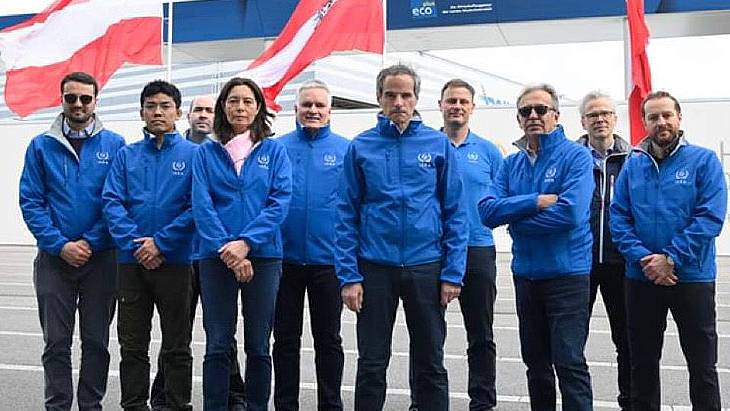 The IAEA team on their way to Zaporizhzhia (Image: @rafaelmgrossi/Twitter)
The IAEA team on their way to Zaporizhzhia (Image: @rafaelmgrossi/Twitter) The IAEA director general met Ukraine's president ahead of visiting the nuclear plant (Image: @rafaelmgrossi/Twitter)
The IAEA director general met Ukraine's president ahead of visiting the nuclear plant (Image: @rafaelmgrossi/Twitter).jpg?ext=.jpg) An LEU test assembly for the BR2 research reactor (Image: SCK-CEN)
An LEU test assembly for the BR2 research reactor (Image: SCK-CEN)


